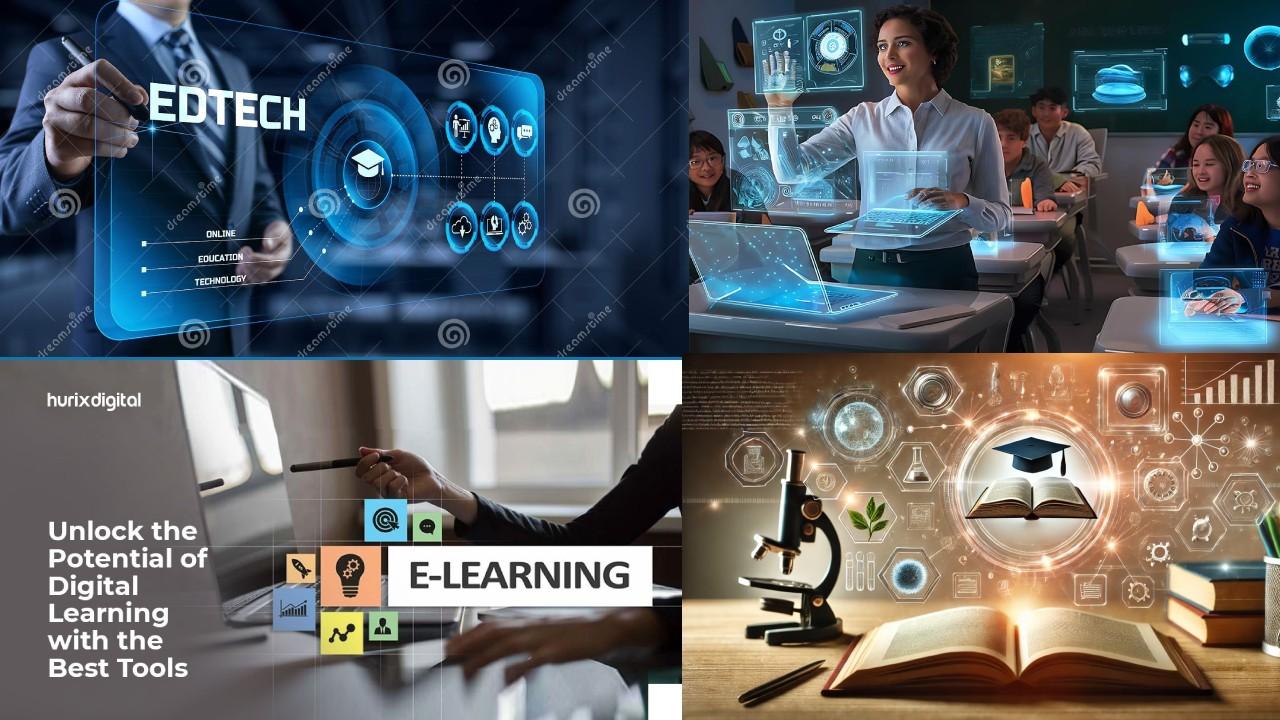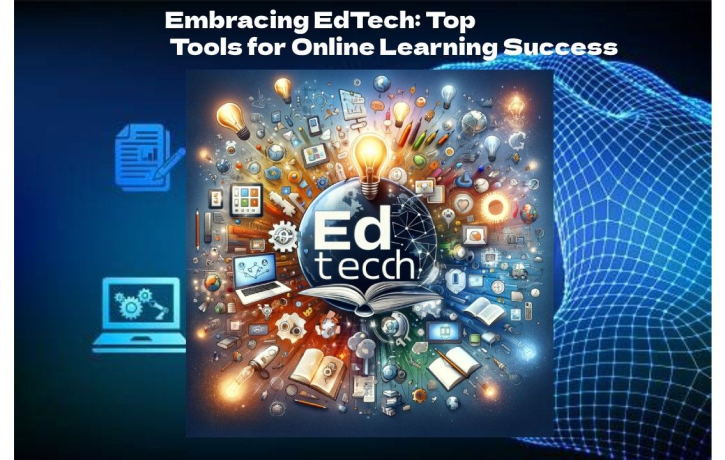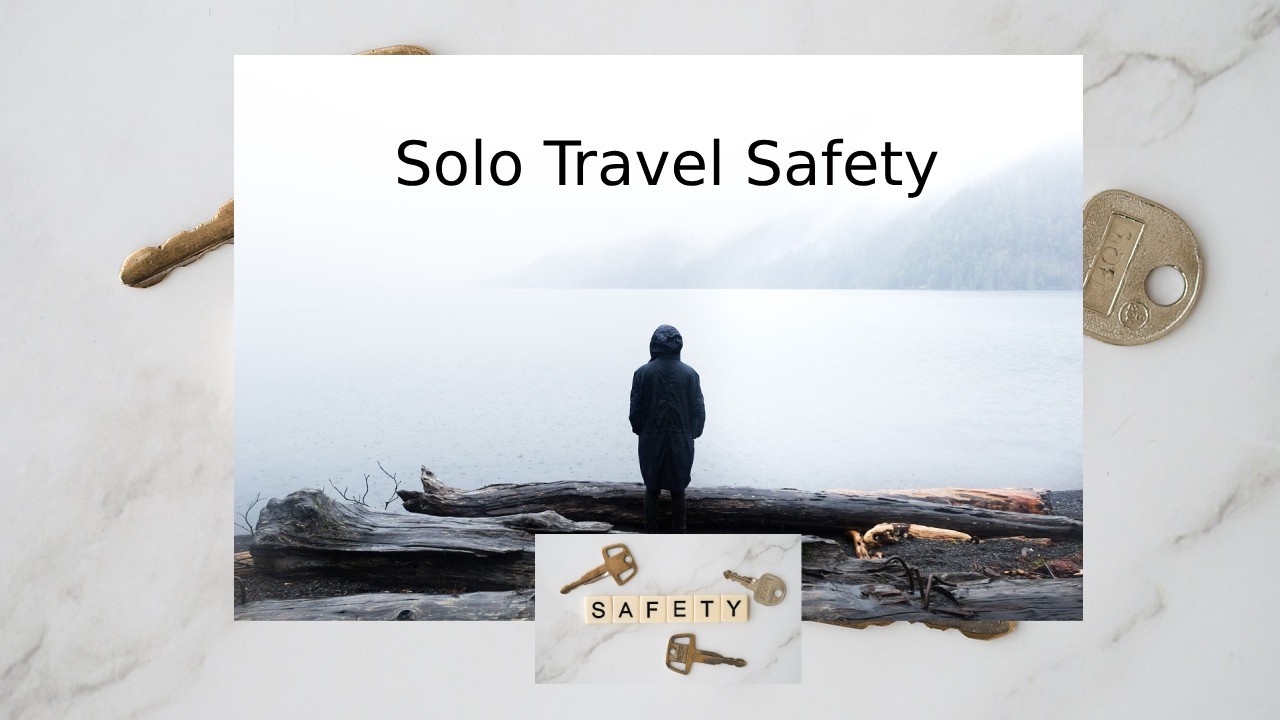
As education evolves with the digital era, EdTech has become an inevitable component of modern learning environments. With the rise of online education, educators and students alike are more reliant on technology to aid teaching, learning, and collaboration. In this article, we take a look at some of the best EdTech tools that can enhance online learning, ensure student engagement, and help educators create dynamic, interactive, and personalized learning experiences.
What is EdTech?
EdTech is the integration of technology into the learning process to make learning easier and more efficient. It involves a wide range of tools, platforms, and applications that can be used to deliver lessons, improve communication, foster collaboration, and track progress. EdTech tools can range from Learning Management Systems (LMS) and video conferencing software to interactive apps and digital assessment platforms. The goal of EdTech is to enhance the quality of education, making learning more engaging, personalized, and accessible.
Why EdTech is Necessary for Online Learning
EdTech tools provide several advantages that help in online learning so that students can remain connected, interested, and well-organized. First, these tools enable active participation by making the use of interactive and multimedia lessons that will capture the imagination of students. Be it video, quiz, or group discussions, EdTech tools can make the learning process far more engaging.
Another is that EdTech makes learning more accessible because of the anytime, anywhere availability of learning materials and lessons. Students can then learn at their own pace. Personalized learning experience is also one of the things that these tools can give because they adapt to a student’s progress and provide relevant resources.
Lastly, collaboration, as most EdTech tools allow students to work together on group projects, share ideas, and communicate with their teachers in real time. Lastly, EdTech facilitates assessment and feedback. Teachers will be able to track student performance more efficiently and provide immediate, actionable feedback.
Top EdTech Tools for Online Learning Success
There is an endless amount of EdTech tools designed to enhance every detail in online learning. The management of courses and even facilitating communication or giving interactive lessons, there’s just the right tool for that, making it big time to make an impact in both teaching and learning. Here are some of the best EdTech tools that have proved very helpful for online learning success:
1. Learning Management Systems (LMS)
A Learning Management System (LMS) is necessary to organize and present online courses effectively. LMS tools allow teachers to upload lessons, assignments, quizzes, and other multimedia while keeping track of student progress and opening lines of communication. One widely used free tool, Google Classroom, helps teachers distribute and grade work, keep track of student progress, and establish a line of communication with their students.
Moodle is an open-source LMS, providing the most flexible, customizable platform for educators to organize their courses. Canvas, another widely used LMS, is also famous for its user-friendly interface and for its ability to integrate well with EdTech tools, allowing teachers to design exciting lessons, manage grades, and track student performance.
2. Video Conferencing Tools
In the realm of online learning, video conferencing tools are crucial for enabling face-to-face communication between students and teachers. Zoom, one of the most popular video conferencing platforms, is widely used in online education. With its ability to host large virtual classes, break students into smaller discussion groups through breakout rooms, and share presentations, Zoom has become an essential tool for delivering live lessons. Microsoft
Teams is another powerful collaboration tool that integrates with Office 365 tools, offering a single platform for video calls, file sharing, and group discussions. Google Meet, which integrates with Google Workspace, offers simple video meetings, real-time collaboration, and screen-sharing capabilities, making it a great choice for virtual classrooms.
3. Collaboration and Communication Tools
Collaboration is the heart of online learning environments, and there are many EdTech tools that facilitate communication and teamwork among students and educators. Slack is a real-time messaging platform that is ideal for creating channels where students and teachers can communicate, share resources, and discuss class materials.
It’s particularly effective for managing group projects and organizing student discussions. Another is Padlet, which allows for an interactive digital bulletin board where students can post ideas, images, videos, and links to encourage creative collaboration.
Trello, on the other hand, is a project management tool that can help students and educators be organized by allowing them to track assignments, projects, and tasks in a visual, easy-to-manage format. It’s especially useful for collaborative assignments and helping students manage their time effectively.
4. Interactive Learning Tools
Interactive learning tools are crucial in maintaining students’ interest in online lessons. They give the student opportunities to participate actively in lessons through quizzes, games, and simulations. Kahoot!, for instance, is a game-based learning platform that helps teachers create entertaining quizzes and surveys that foster active participation and competition.
Quizlet, another flashcard-based platform, enables students to memorize and review information using customizable study sets and interactive games. Nearpod is a tool that helps teachers create multimedia lessons the students can interact with while in class.
Through Nearpod, teachers can include interactive features such as live polls, quizzes, and more collaborative activities that help students’ engagement during the lesson.
5. Content Creation and Sharing Tools
Content creation is a must-have for teachers wanting to create engaging, multimedia-rich lessons, which will keep the attention of most students. Canva, a popular graphic design tool, enables teachers and students to create visually appealing presentations, infographics, posters, and educational materials. Loom is a video recording tool that allows educators to create video lessons, tutorials, and explanations that can be easily shared with students for asynchronous learning.
Screencast-O-Matic, another screen recording tool, helps teachers record their computer screen while narrating lessons, creating instructional videos, and explaining complex concepts.
6. Assessment and Feedback
Tools Effective assessment and feedback are fundamental aspects of the online learning process. EdTech tools that facilitate assessments help teachers to know how students are performing, give timely feedback, and identify areas that need improvement.
Google Forms is a very versatile tool that allows teachers to create quizzes, surveys, and assessments that can automatically grade, saving time and giving instant feedback. Edmodo is a communication and learning platform. It allows posting of assignments by teachers, submission collection, giving grades, and has an integrated gradebook.
Formative is a real-time formative assessment tool that allows the creation of quizzes and assignments, thus giving instant feedback and helping in tracking student progress.
7. Virtual Whiteboards
Virtual whiteboards have become an essential tool for interactive learning in online classrooms. Miro is a collaborative whiteboard platform that allows students and teachers to brainstorm, plan, and share ideas visually in real time. It’s perfect for group work, organizing thoughts, and developing concepts collaboratively. Google’s Jamboard is another virtual whiteboard tool that enables users to draw, annotate, and collaborate on projects, making it an excellent choice for virtual classrooms and interactive lessons.
Tips for Effective Use of EdTech While EdTech tools are powerful, it is essential to use them strategically to enhance the online learning experience. First, it is important to select tools that align with the goals of the course and the needs of the students. Too many tools can overwhelm students, so it is best to choose a few key platforms that integrate well with each other. Another important dimension is engagement.
Teachers ensure students remain interested and motivated through the use of interactive instruments and collaboration. Accessibility is very crucial: all students ought to have access to instruments and content for an inclusive nature.
Finally, using assessment tools to provide appropriate feedback and monitor student progress should guide teachers in supporting student learning.
Conclusion
The EdTech has changed the face of online learning and made education much more engaging, interactive, and accessible with the use of various tools. The right EdTech platforms can create dynamic learning environments that foster collaboration, enhance student engagement, and improve learning outcomes. Whether it is using an LMS to organize lessons, video conferencing tools for live discussions, or interactive apps to keep students engaged, EdTech is the key to making online learning a success. With the right approach and the right tools, teachers and students can thrive in the digital age.








